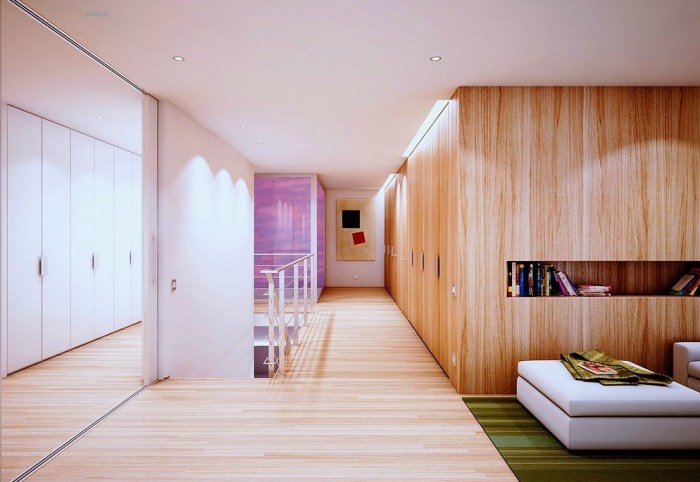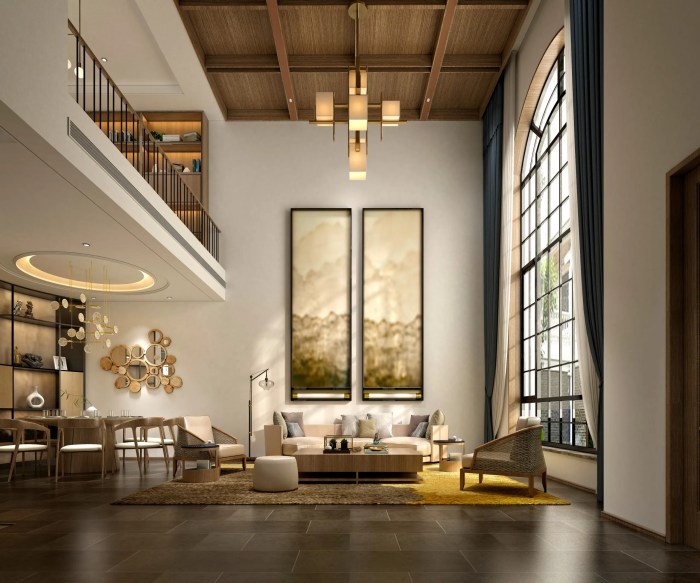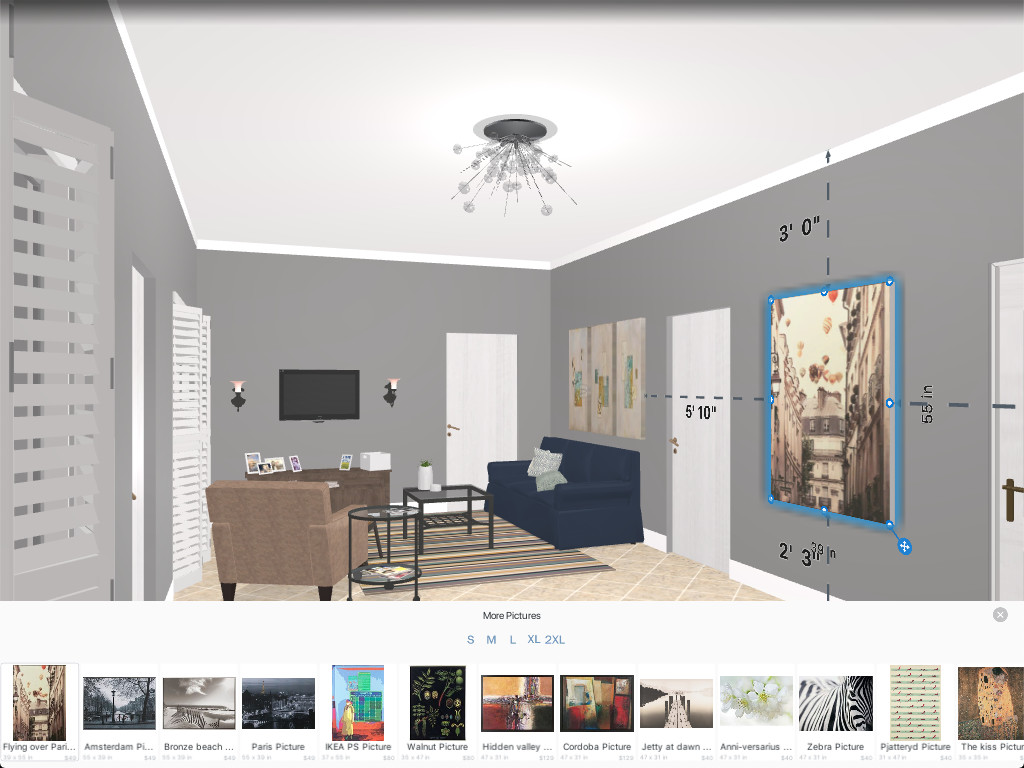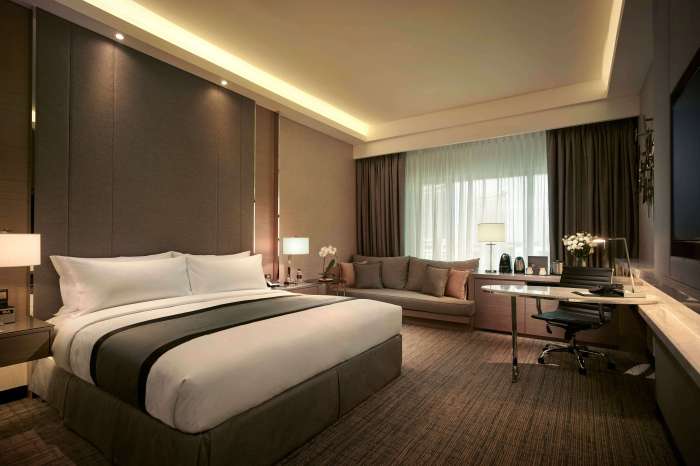Interior planner sets the stage for this enthralling narrative, offering readers a glimpse into a story that is rich in detail with casual but standard language style and brimming with originality from the outset.
As we delve into the world of interior planning, we uncover the intricacies of creating functional and aesthetically pleasing spaces that cater to various needs and preferences. From understanding the role of an interior planner to exploring the key elements of design, this guide is a comprehensive exploration of the art of interior planning.
Overview of an Interior Planner
An interior planner plays a crucial role in designing and creating functional, aesthetically pleasing interior spaces for various purposes. They work closely with clients to understand their needs, preferences, and budget constraints to develop customized design solutions.
Role and Responsibilities
- Collaborating with clients to determine project requirements and objectives.
- Creating design concepts and proposals based on client briefs.
- Developing detailed plans, layouts, and specifications for interior spaces.
- Selecting appropriate materials, furnishings, and finishes to enhance the design.
- Coordinating with architects, contractors, and other professionals to ensure project execution.
- Overseeing the implementation of the design plan and making adjustments as needed.
Skills and Qualifications
- Strong creativity and design sense.
- Excellent communication and interpersonal skills.
- Proficiency in design software such as AutoCAD, SketchUp, or Adobe Creative Suite.
- Knowledge of building codes, regulations, and construction practices.
- Bachelor's degree in interior design or a related field.
- Relevant work experience or internships in interior design firms.
Importance of Interior Planners
Interior planners play a vital role in various industries, including residential, commercial, hospitality, healthcare, and retail. Their expertise helps create functional and visually appealing spaces that meet the needs of clients while adhering to safety and regulatory standards. By combining design creativity with technical knowledge, interior planners enhance the overall aesthetic and functionality of interior environments, contributing to improved quality of life and user experience.
Interior Planning Process
Interior planning involves a series of steps to create functional and aesthetically pleasing spaces for clients. Interior planners work closely with clients to understand their needs, create design concepts, and present them for approval.
Steps Involved in the Interior Planning Process
- Initial Consultation: Interior planners meet with clients to discuss their requirements, budget, and timeline for the project.
- Space Planning: Planners analyze the space available and create layouts that optimize functionality and flow.
- Concept Development: Based on the client's preferences, planners develop design concepts that reflect the desired style and mood.
- Material Selection: Planners choose materials, finishes, and furnishings that complement the design concept and meet the client's needs.
- Presentation: Planners present the design concepts, including mood boards, sketches, and 3D renderings, to the client for feedback and approval.
- Implementation: Once the design is finalized, planners oversee the project execution to ensure the vision is brought to life.
How Interior Planners Work with Clients to Understand Their Needs
Interior planners engage in detailed discussions with clients to identify their lifestyle, preferences, and functional requirements. By listening attentively and asking relevant questions, planners gain insight into the client's vision for the space. This collaborative approach ensures that the final design meets the client's expectations and enhances their quality of life.
How Interior Planners Create Design Concepts and Present Them to Clients
After gathering information from the client, interior planners use their expertise to translate ideas into tangible design concepts. These concepts may include mood boards, color palettes, furniture layouts, and visualizations to help clients visualize the proposed design. Planners present these concepts in a clear and engaging manner, allowing clients to provide feedback and make informed decisions about the design direction.
Interior Design Elements
Interior design elements are crucial components that interior planners carefully consider to create functional and aesthetically pleasing spaces. These elements include color schemes, lighting, furniture, decor, spatial planning, and layout. Each element plays a significant role in shaping the overall design of a space.
Color Schemes
Color schemes are essential in interior design as they set the tone and mood of a space. Interior planners carefully select colors to create a cohesive and harmonious look. Warm colors like red, orange, and yellow can create a cozy atmosphere, while cool colors like blue and green evoke a sense of calmness.
Lighting
Lighting is a critical element that can greatly impact the ambiance of a space
Furniture and Decor
Furniture and decor play a vital role in interior planning decisions. Interior planners carefully select furniture pieces that are functional, comfortable, and stylish. Decor items such as artwork, rugs, and accessories add personality and character to a space, tying the design elements together.
Spatial Planning and Layout
Spatial planning and layout are fundamental in interior design as they determine the flow and functionality of a space. Interior planners strategically arrange furniture, fixtures, and architectural elements to optimize space usage and create a comfortable environment. A well-designed layout enhances the usability and appeal of a room.
Project Management in Interior Planning
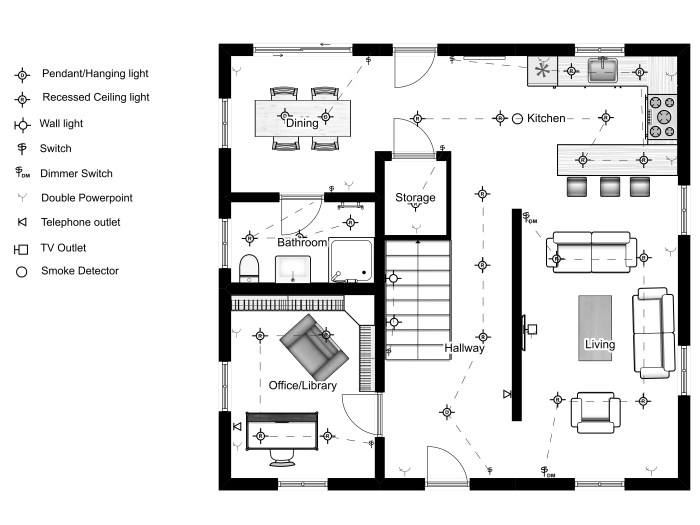
Interior planners play a crucial role in managing various aspects of a project to ensure its successful completion. This includes overseeing budgets, timelines, and coordinating with different stakeholders involved in the project.
Managing Budgets for Projects
Interior planners are responsible for creating and maintaining project budgets. They work closely with clients to understand their financial constraints and goals, and then develop a budget that aligns with these requirements. Throughout the project, interior planners track expenses, manage costs, and make adjustments as needed to stay within budget.
Project Timeline and Meeting Deadlines
Interior planners develop detailed project timelines that Artikel key milestones and deadlines. They work closely with contractors, suppliers, and vendors to ensure that each phase of the project stays on track. By closely monitoring progress and addressing any delays promptly, interior planners help ensure that projects are completed on time.
Coordination Between Stakeholders
Effective communication and coordination between various contractors, suppliers, and vendors are essential for the success of an interior planning project. Interior planners act as the central point of contact, facilitating collaboration and ensuring that all parties are aligned with the project goals.
By maintaining open lines of communication and resolving any conflicts or issues that arise, interior planners help create a cohesive project team.
Software and Tools for Interior Planning
Interior planners rely on a variety of software and tools to assist in the design and visualization of interior spaces. These tools help streamline the planning process and bring concepts to life.
Common Software and Tools
- AutoCAD: Widely used for creating 2D and 3D models, drafting, and documentation
- SketchUp: Popular for creating 3D models and visualizations
- Revit: Known for building information modeling (BIM) and collaboration features
- Adobe Photoshop: Utilized for editing and enhancing visual presentations
- 3ds Max: Ideal for creating detailed 3D models and animations
Comparison of Software Options
Each software option has its own unique features and capabilities that cater to different aspects of interior planning. AutoCAD is preferred for precise drafting, while SketchUp is more user-friendly for quick 3D modeling. Revit stands out for its BIM capabilities, allowing for efficient collaboration among design teams.
Adobe Photoshop is essential for adding finishing touches to visual presentations, and 3ds Max excels in creating intricate 3D models and animations.
Technology’s Impact on Interior Planning
Advancements in technology have revolutionized the interior planning process, making it more efficient and accessible. With the help of software and tools, interior planners can create realistic visualizations, collaborate with team members remotely, and streamline project management tasks. Technology has enabled designers to experiment with different ideas and concepts, leading to more innovative and customized interior designs.
Epilogue
In conclusion, interior planners play a vital role in shaping the spaces we inhabit, blending creativity with practicality to bring visions to life. Whether you're embarking on a home renovation project or seeking to revamp your workspace, the expertise of an interior planner can make all the difference in achieving a harmonious and visually appealing environment.
Dive into the world of interior planning and unlock the potential to transform any space into a personalized oasis.
FAQ Insights
What are the main responsibilities of an interior planner?
An interior planner is tasked with creating functional and visually pleasing spaces by considering the client's needs, budget, and overall design aesthetic.
What qualifications are needed to become an interior planner?
Typically, an interior planner needs a degree in interior design or a related field, along with strong creativity, communication skills, and knowledge of design software.
How do interior planners manage project budgets?
Interior planners carefully allocate funds for materials, labor, and other expenses while ensuring that the project stays within the specified budget constraints.
What software do interior planners commonly use for design and visualization?
Interior planners often use software like AutoCAD, SketchUp, and Adobe Photoshop for creating design concepts and presenting visualizations to clients.
How has technology impacted the field of interior planning?
Technology has revolutionized interior planning by streamlining the design process, offering innovative tools for visualization, and enhancing communication between designers, clients, and contractors.

